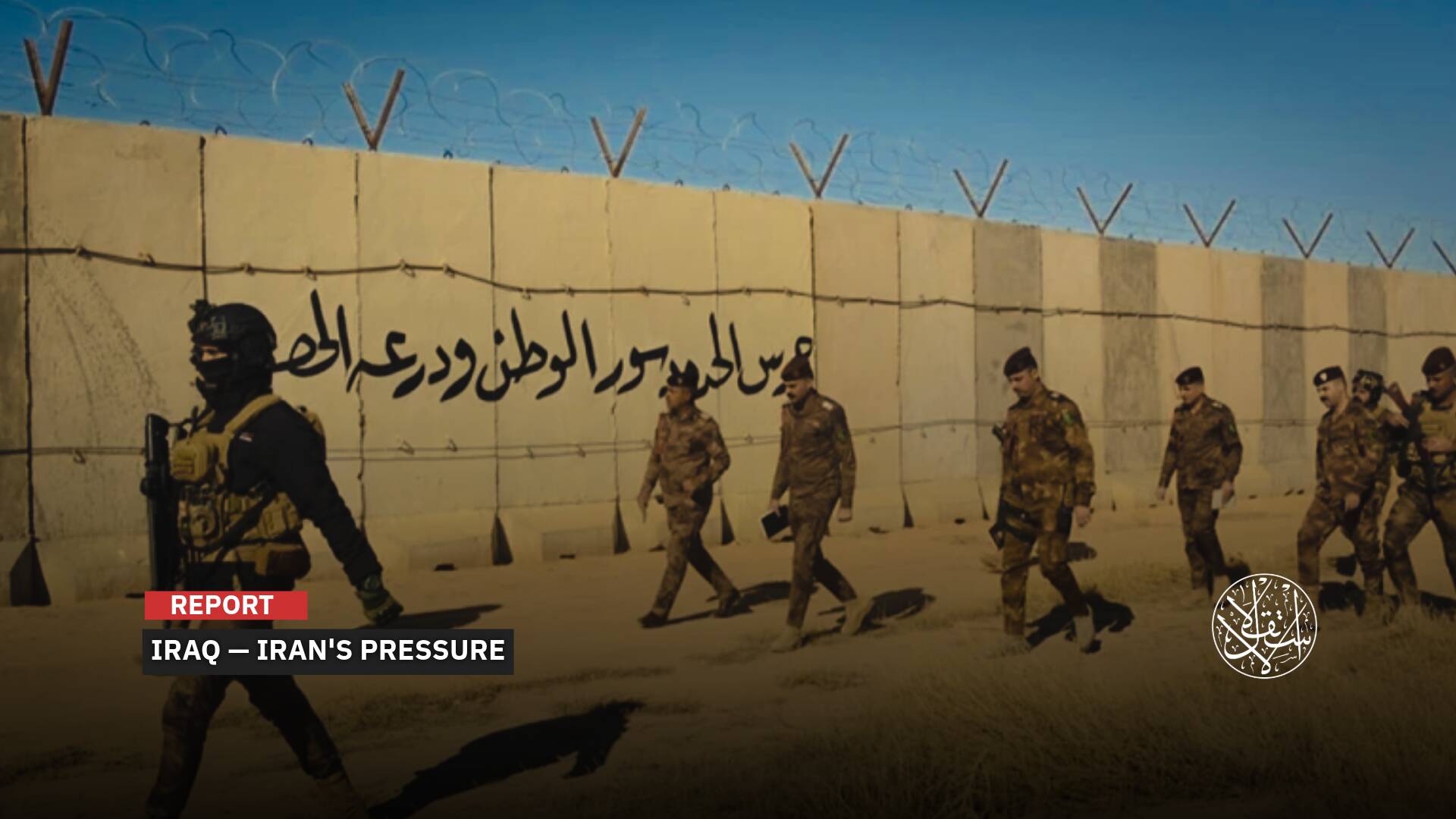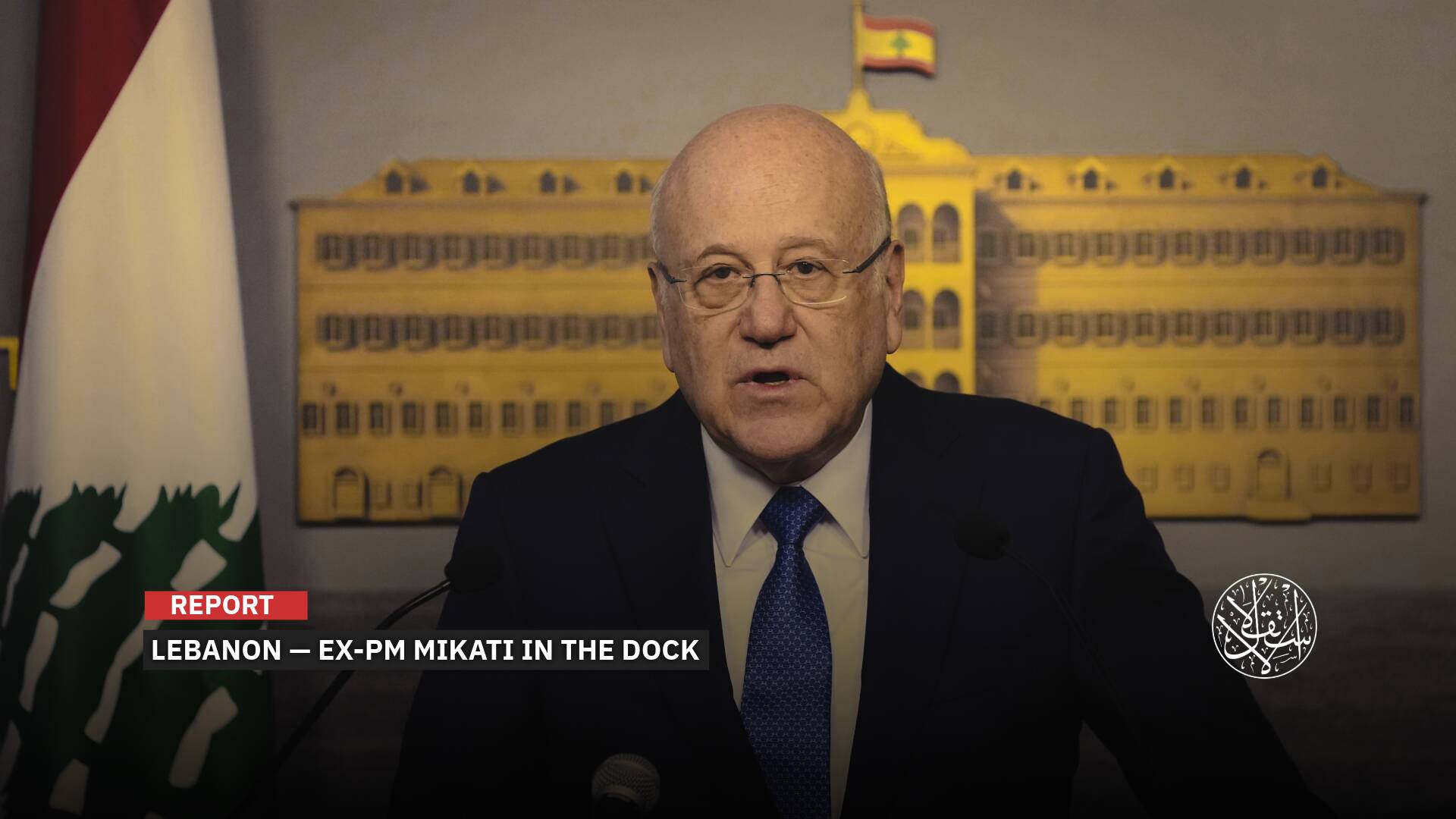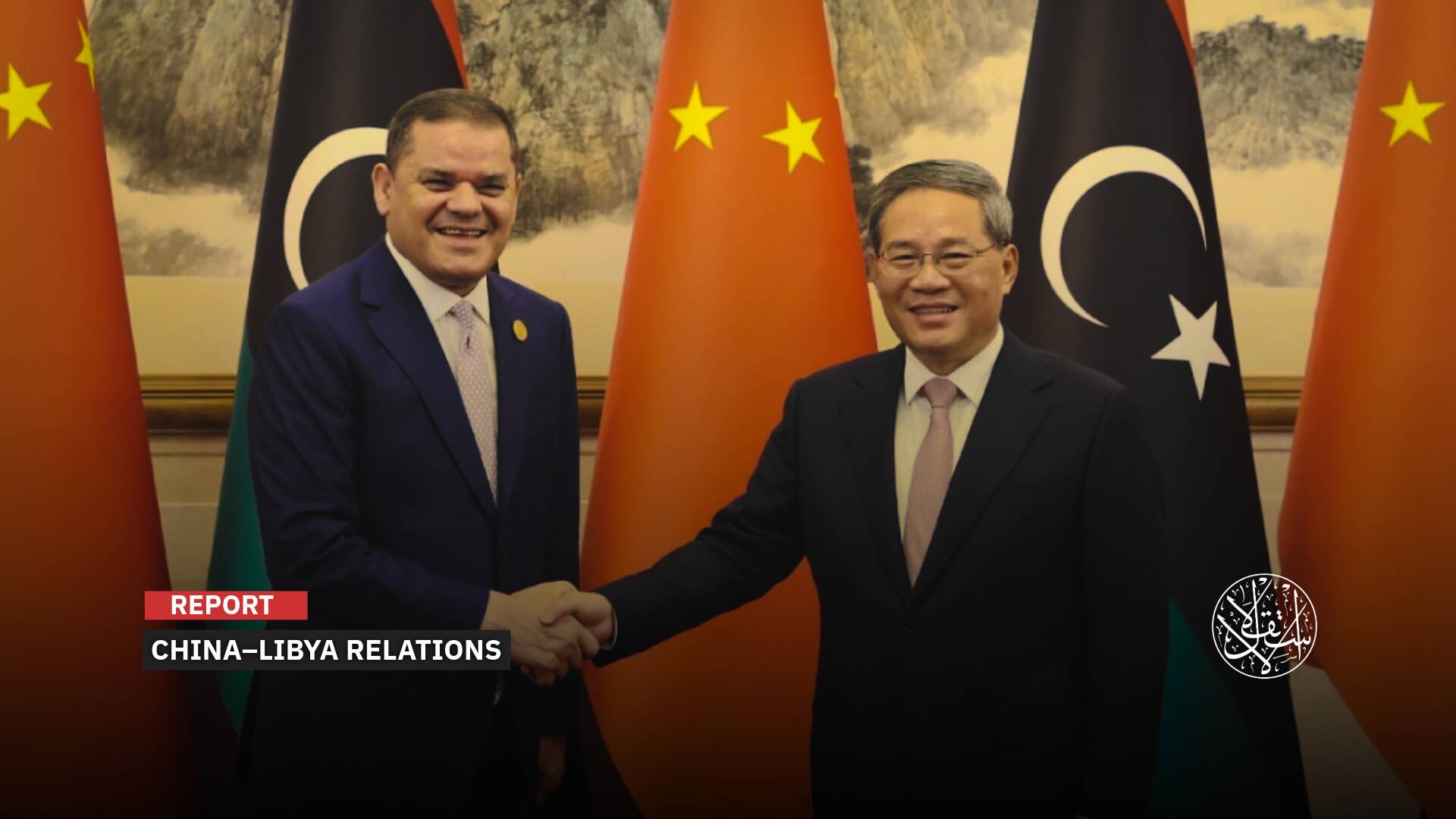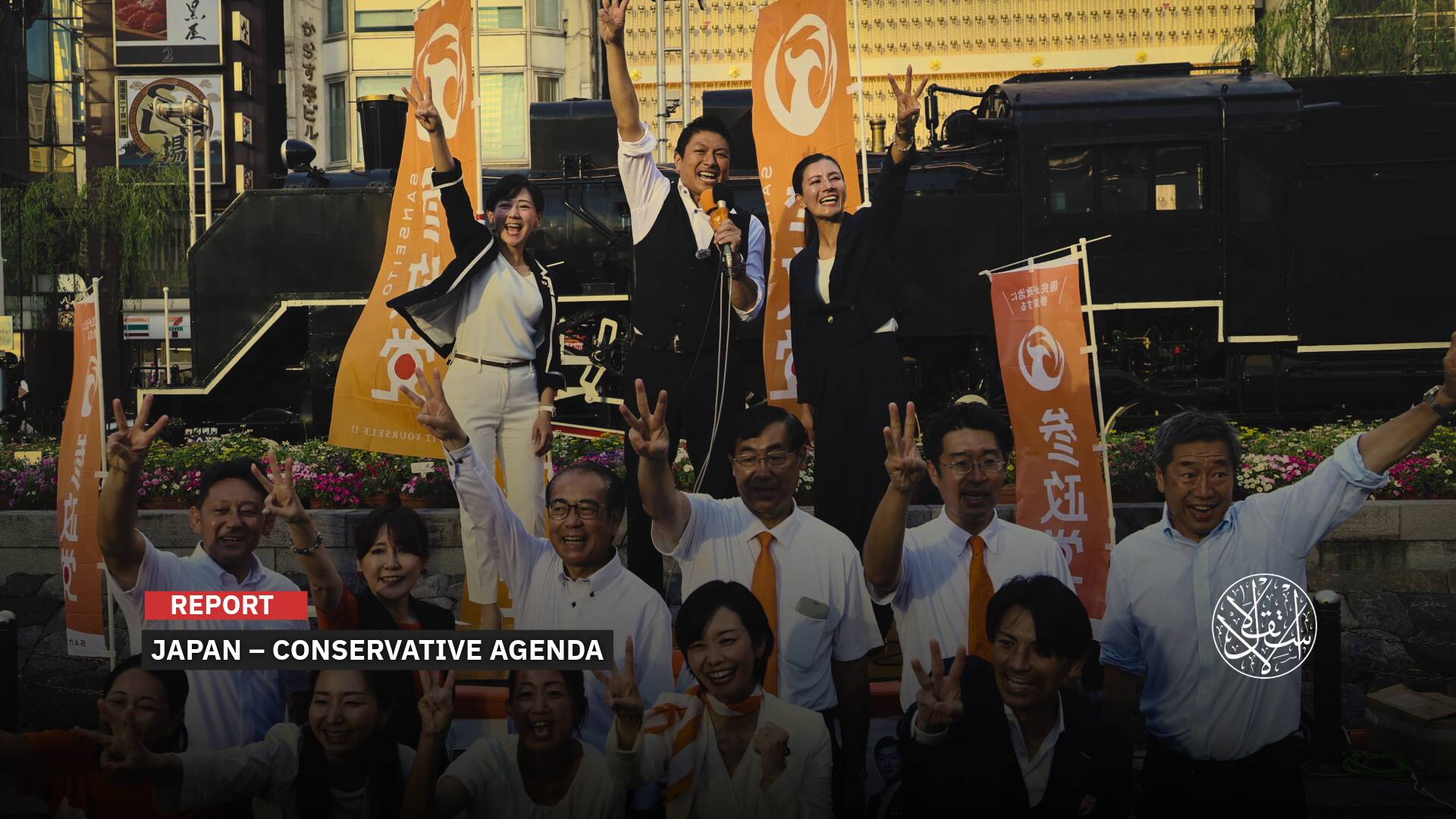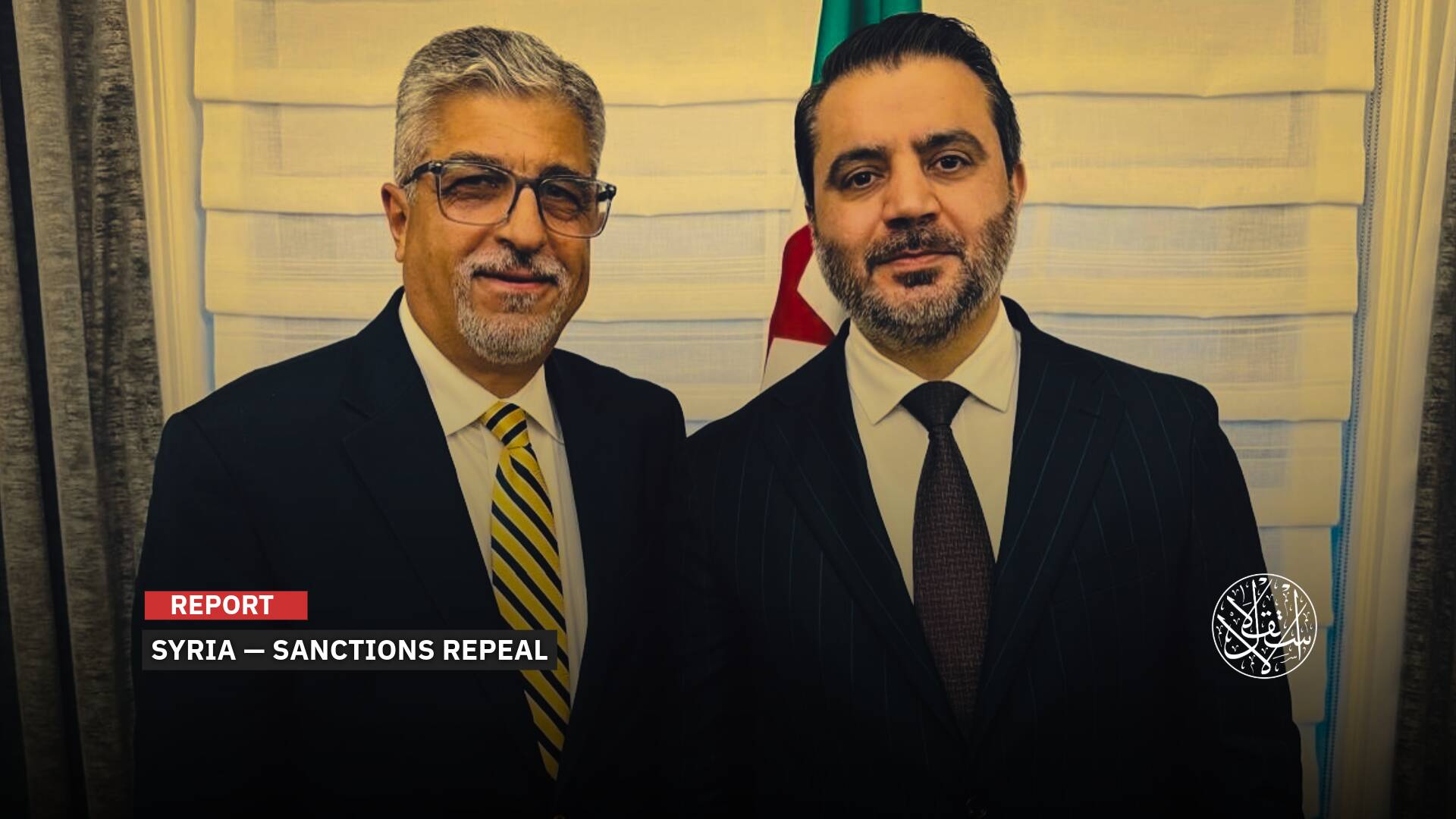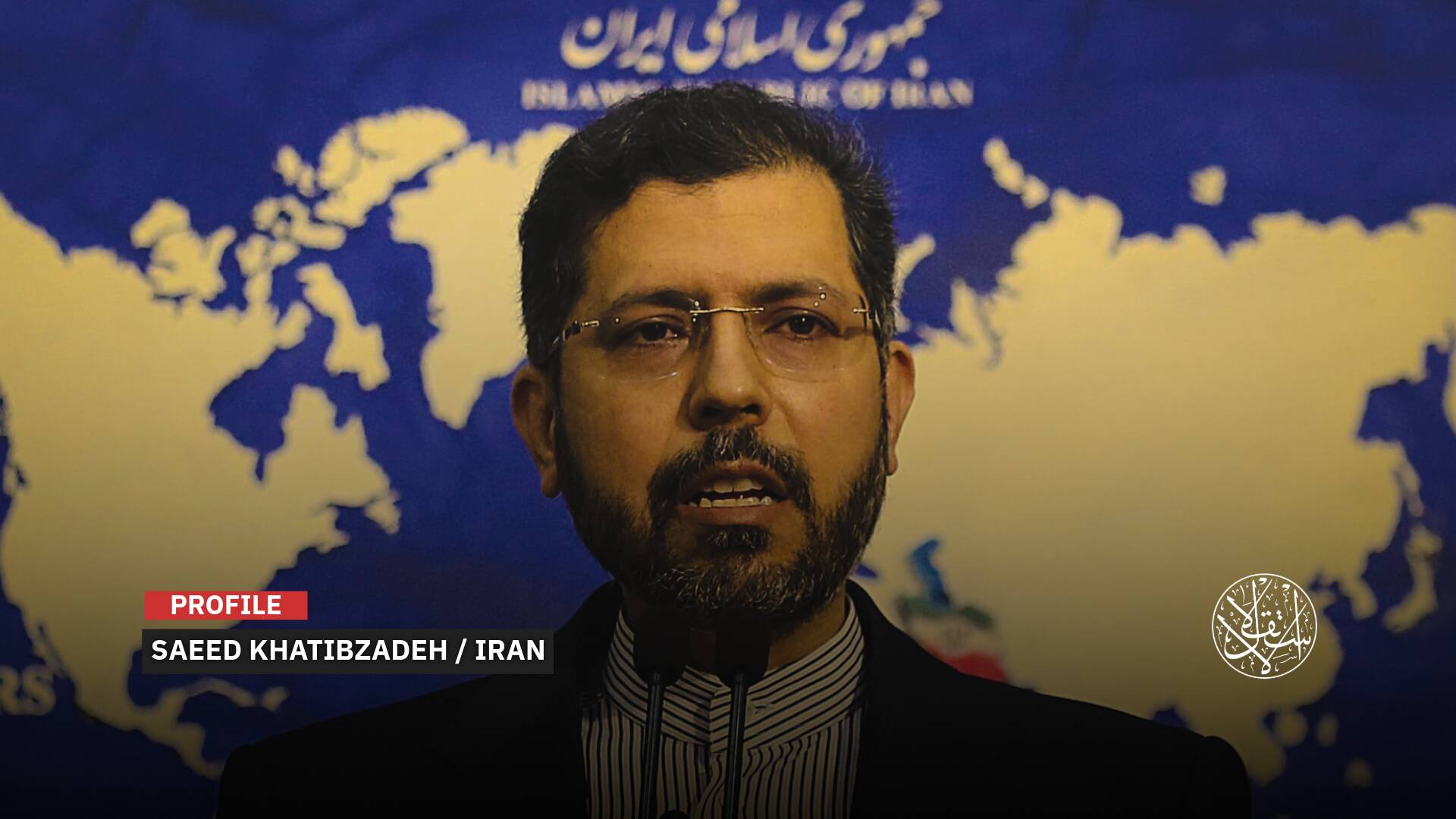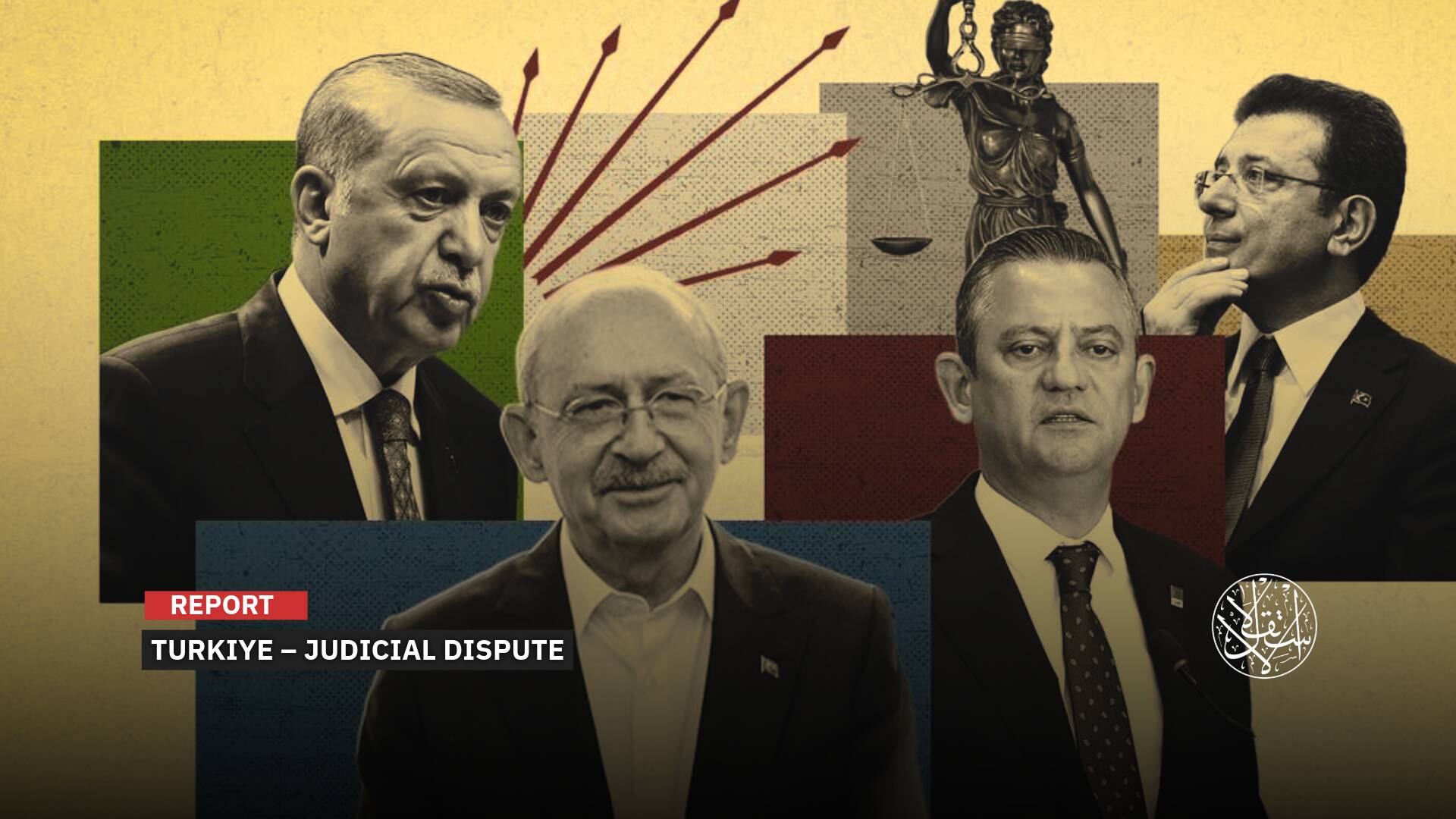Is the Dream of a Single Currency Coming True in Latin America?

In a report published by The Atlantic, Gisela Salim-Peyer, the assistant editor of the magazine, explores the possibility of Latin America having its own single currency.
She examined the case of the euro, the unique and hard-to-replicate experiment of currency unification in Europe, and contrasted it with the recent announcement by the presidents of Argentina and Brazil to launch a common currency called “el sur.”
The idea of creating a more integrated bloc in Latin America is not new. It dates back to the 19th century, when Simón Bolívar, the leader of South America’s independence movement, envisioned a federation of republics.
But as Jamil Mahuad, a former president of Ecuador, told Salim-Peyer said, the ideas of integration in Latin America are very old. It’s a big dream, but it has always failed to come true.
One of the challenges facing Latin American countries is maintaining financial stability and sovereignty.
They often face pressure from external factors, such as fluctuations in global markets or rising costs of imports, that weaken their currencies and erode their purchasing power.
They also face internal factors, such as political interference or fiscal indiscipline, that undermine their central banks’ credibility and independence.
A single currency could offer some benefits, such as reducing transaction costs, facilitating trade and investment, and enhancing regional cooperation.
But it also entails significant risks and costs, such as losing monetary policy autonomy, surrendering fiscal sovereignty, and harmonizing diverse economic structures and policies.
Salim-Peyer argues that the euro’s experience shows that currency unification is not a panacea for economic woes. It requires strong political will, institutional capacity, and social consensus.
She also questions whether Argentina and Brazil have the necessary conditions and incentives to pursue such a project, given their history of economic crises, political instability, and divergent interests.
She concludes that “el sur” is more likely a rhetorical gesture than a realistic plan.

Challenges of Unity
Latin America has long struggled to form a cohesive bloc or union, partly because of the historical factors that shaped its diverse nations.
The Spanish Empire, which once ruled most of the region, forbade trade among its colonies and divided them into separate kingdoms and provinces, each with its own bureaucracy.
After gaining independence, these new states lacked the military strength or the political will to annex their neighbors, said Alfredo Ávila, a historian at the National Autonomous University of Mexico.
As a result, Latin America today is more fragmented than other regions, with little economic or political integration.
Only 15 percent of its trade occurs within the region, compared with 55 percent for Europe and 38 percent for North America, according to the World Bank.
One of the prerequisites for creating a regional union is a high level of interdependence among countries.
Only one-third of the flights in the region connect Latin American cities, and the Pan-American Highway, a road network meant to link the continent, becomes impassable in some sections during the rainy season.
This isolation has hampered the development of Latin American industries, which cannot compete with Asian markets without access to larger domestic or regional markets.
“No country, not even Brazil, has a big enough home market or labor pool to make products that can compete with Asia,” said Shannon O’Neil, a senior fellow for Latin American studies at the Council on Foreign Relations. “They can’t build their own cars.”
Latin America is not the only region in the world that struggles to form powerful alliances. Other areas, like South Asia, the Middle East, and sub-Saharan Africa, also have low levels of trade and cooperation among their countries.
But Latin America stands out for its long history of aspiring to unity. The region’s leaders and people have often invoked their shared heritage of Spanish language, Catholic faith, and colonial oppression as a basis for integration.
They have also embraced Brazil, the Portuguese-speaking giant in their midst, as a natural partner because of its geographic and cultural proximity.
Yet these common bonds have proved insufficient to overcome the political, economic, and social barriers that hinder integration. Despite many attempts, Latin America remains a fragmented continent.

‘Impossible’ Unity?
Some Latin American leaders have occasionally expressed interest in creating a common currency for the region, but their proposals have been vague and short-lived. Experts say such a project would face enormous political and economic challenges, and point to the European Union’s experience as a cautionary tale.
In 2019, Jair Bolsonaro, then the president of Brazil, suggested that his country could share a currency with Argentina, which was also led by a conservative ally at the time.
He called it the peso-real and said it would be “insurance against the infiltration of socialism.” But the idea was quickly dismissed by Brazil’s central bank, and Bolsonaro did not pursue it further.
Two years later, Andrés Manuel López Obrador, the president of Mexico, floated the idea of building “something in Latin America along the lines of the European Union, but more in line with our history, reality, and identity.”
He did not explain what he meant by that, only that it was a complex process and that he wanted to keep alive the dreams of Simón Bolívar, the 19th-century liberator of South America, on his 238th birthday. Obrador has not mentioned the plan again since then.
The notion of a common currency for Latin America has a long and thorny history. It dates back to at least 1889 when a group of intellectuals and politicians from Argentina and Brazil proposed a monetary union called el sur.
The project never materialized, but it resurfaced in various forms over the decades, often as a response to economic crises or political turmoil.
But most economists agree that el sur is a pipe dream. “It’s crazy,” wrote Olivier Blanchard, a former chief economist at the International Monetary Fund, on Twitter.
They argued that a single currency requires countries to have stable political systems and a shared vision of macroeconomic policy.
For el sur to work, Argentina and Brazil would have to remove trade barriers, strengthen political ties, harmonize legal frameworks, and allow the free movement of labor and capital between them.
“That’s not something you can just decree,” said Athanasios Orphanides, a professor at the Massachusetts Institute of Technology and a former central banker. “You can’t just say we’re going to adopt a common currency. It doesn’t work that way.”
The ambitious plan to create a common currency between Argentina and Brazil, el sur, faces a major hurdle: the stark economic asymmetry between the two South American giants.
While Brazil boasts a solid and stable currency backed by an independent central bank that has kept inflation under 10% since 2004, Argentina suffers from rampant inflation that soared to 95% last year, amid accusations of media manipulation by the president.
Brazil’s monetary policy enjoys the confidence of global financial markets, while Argentina has resorted to capital controls to stem the flight of dollars. El sur, like other regional initiatives to replace the dollar in trade transactions, would require the participating countries to back it up with gold or foreign reserves, often denominated in dollars themselves.
Alexandre Schwartsman, a former official at Brazil’s central bank in the early 2000s, expressed skepticism that el sur could ever function as a full-fledged common currency.
The project is premature, he said, because a single currency demands many other forms of cooperation that are still lacking. The use of the same banknotes would be the last, not the first, step.
Before Argentina and Brazil can share a currency, they need to solve more pressing issues, such as the long delays that truck drivers face at the border between the two countries. El sur will have to wait until other forms of integration are in place.


